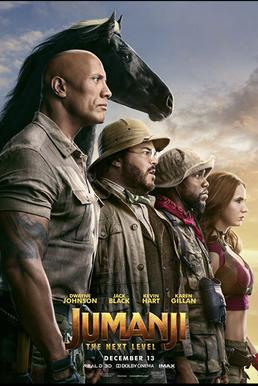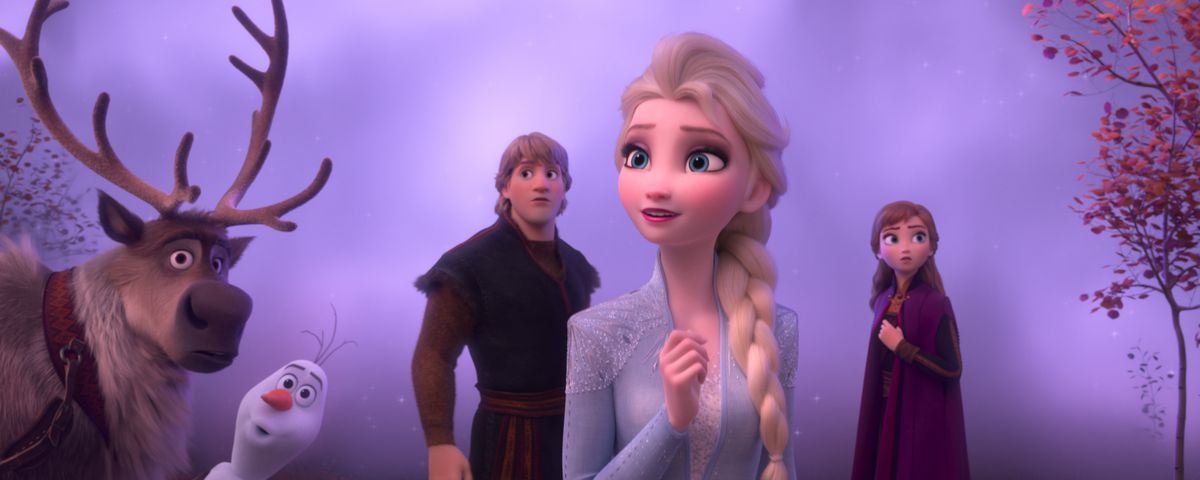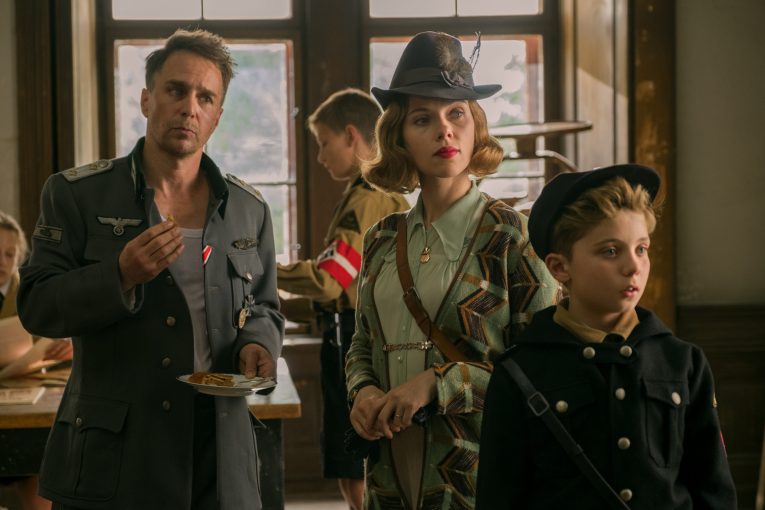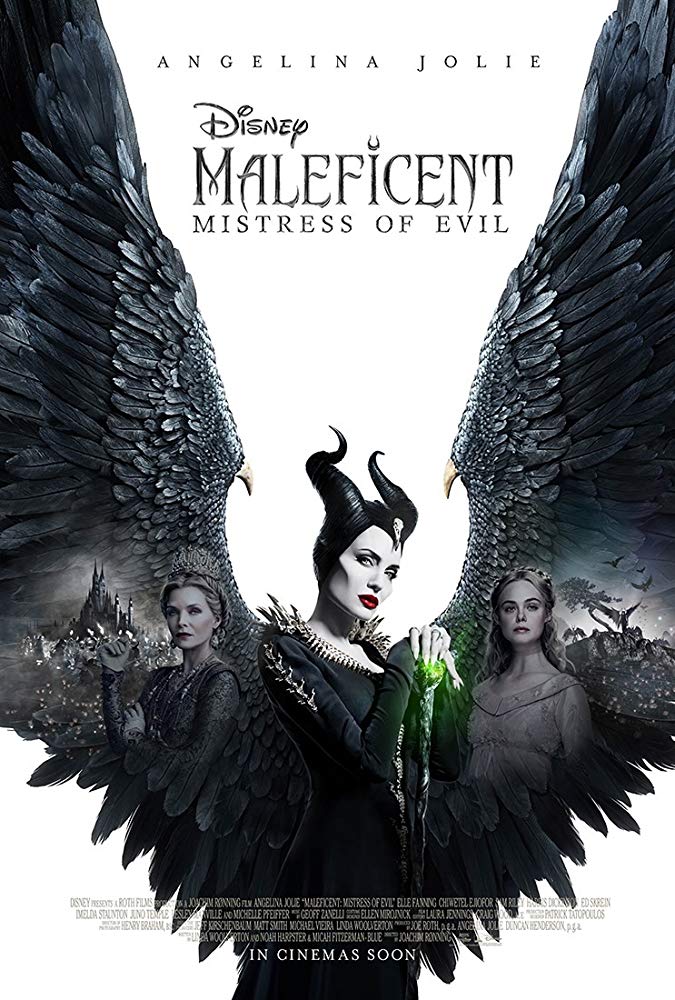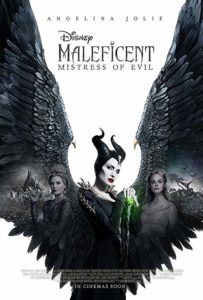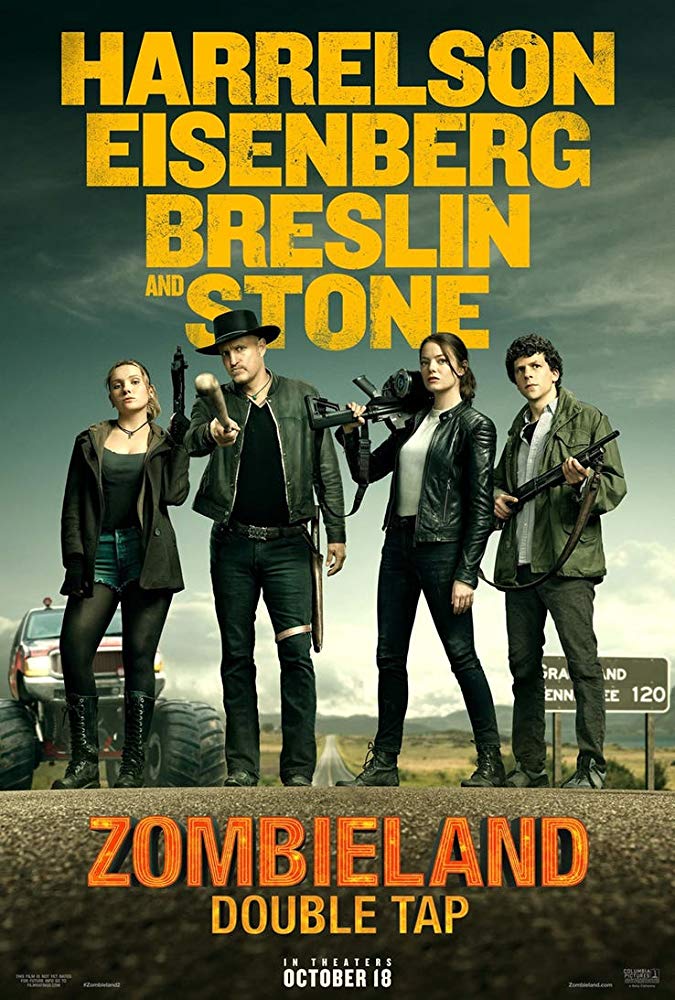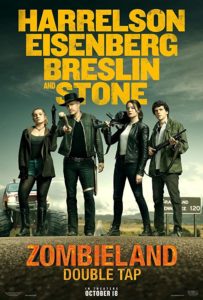Jumanji: The Next Level
Posted on December 14, 2019 at 9:24 pm
B +| Lowest Recommended Age: | Middle School |
| MPAA Rating: | Rated PG-13 for adventure action, suggestive content and some language |
| Profanity: | Some schoolyard language, brief strong language |
| Alcohol/ Drugs: | None |
| Violence/ Scariness: | Extended video game action style peril and violence, issue of terminal illness |
| Diversity Issues: | Diverse characters and issues of diversity |
| Date Released to Theaters: | December 13, 2019 |
| Date Released to DVD: | March 16, 2020 |

Like its predecessor, this latest “Jumanji” movie combines fantasy action and adventure with some comedy, a touch of romance, and real-life lessons about courage, friendship, and empathy—all with the help of some low-key race and gender fluidity….Johnson was terrific as Spencer in the first film, a humorously exaggerated version of an adolescent discovering the power of adulthood. But as the outer version of Spencer’s cranky grandfather, he’s clearly having more fun. He barely notices the surreal concept of being trapped inside a video game (he does not appear to be entirely sure what a video game is), and is much too busy swiveling hips that for the first time in years have a full range of motion. Johnson/Bravestone as Spencer was something to aspire to, in a future that still seemed filled with infinite potential, but Johnson/Bravestone as Eddie is filled with the bucket list delight of someone who sees nothing but loss ahead. Hart is especially good at toning down his usual peppery energy as the avatar for the slow-talking Milo, whose avatar’s strength is languages but who retains his discursive style. Black and Awkwafina both have a chance to represent more than one of the human characters, making each one distinct and clever.
The fantasy of the avatars, with their assigned strengths and weaknesses, make it possible for the characters to become more honest with themselves and each other. As with the first film, the humor and excitement are nimbly balanced so it never gets too scary or silly, and the focus is more on friendship than romance. This time, there is a light touch of poignance as well that makes the message about friendship more meaningful. And like all good video games, there’s a hint of yet another level at the end for those, like me, who are not yet ready to say Game Over.
Parents should know that this film icludes video game-style peril, action, and adventure, some strong language, brief crude humor (references to eunuch character), and issues of aging and terminal illness.
Family discussion: If you were a game avatar, what would your strengths and weaknesses be? What did the characters learn from being different races and genders?
If you like this, try: “Jumanji: Welcome to the Jungle” and “Journey to the Center of the Earth”

